
The Foundation of Hydroponics
Category 1: Class of Hydroponics
Category 2: Nutrient Derivations
- Hydroponic
- Bioponic
- Aquaculture
Category 3: Types of Hydroponic Systems: Open/Closed
- High Density Vertical (HDV)
- Vertical
- Nutrient Film Technique (NFT)
- Deep Water Culture (DWC)
- Ebb and Flow
- Drip
There is some controversy over the way to classify hydroponic systems. The purpose of this article is to explain the three different ways hydroponic systems are categorized. Different systems can be organized into three separate categories. The categories are useful because they describe different aspects of each system. Let’s take a look.
The first of the categories is “Class of Hydroponics”, which describes the way the roots are supported in the system. There are 3 classes of systems, Agroponics, Aeroponics, & Aquaponics.
- Agroponics: in this class, roots are supported in a solid, inert, aggregate media such as coconut coir, perlite, or expanded clay pellets.
- Aeroponics: in this class, the roots are suspended in a closed, dark, chamber where nutrient solution is constantly sprayed onto them.
- Aquaponics: in this class, the roots are immersed in an aerated nutrient-rich solution. The term “Aquaponics” tends to be associated with fish and plant production in the same system, but this is a misconception. Aqua just means “water,” so the roots are suspended in water. We’ll talk more about that in the next section.
The second category is called “Nutrient Derivations”, which describes the source of the nutrient solution for a hydroponic system. There are 3 types of nutrient derivations, Hydroponic, Bioponic & Aquaculture. Take note that the term Hydroponic is used to describe all systems in which a nutrient solution, regardless of its derivation, is dissolved in water.
- Hydroponic is also used to describe the nutrient derivation, it is referring to a nutrient solution made from concentrated minerals, which is the classic form of hydroponic nutrients.
- Bioponic is the second form and is derived from biologically decomposed organic matter, such as compost teas and fish emulations. This form excludes any systems with live fish.
- Aquaculture, which describes fish or shellfish farming and refers to the breeding, rearing, and harvesting of aquatic plants and animals in all types of aquatic environments including ponds, rivers, lakes, and the ocean.
The third category is called “Types of Hydroponic Systems”, and describes the way nutrient solution is delivered to the roots. Within this category, there are two main types of hydroponic systems, Open and Closed. In Open Systems, the nutrient solution is delivered to the roots, and then released into a garden bed or down a drain. The nutrient solution in Closed Systems is delivered to the roots, and then returned to a reservoir or holding tank for reuse within the system. These types of systems are recirculating, and nutrients are added to the reservoir to replace nutrients that roots take up. Usually, systems with no media such as Aeroponics and Aquaponics systems are Closed Systems. Systems with media, or Agroponics, can be either open or closed. There are many types of hydroponic systems, and each type can be either open or closed depending on how it’s set up. Here are a few examples:
- High Density Vertical (HDV): This describes the vertical arrangement of stackable, high-density plastic pots, such as EzGro quad pots. Nutrients are usually delivered through a drip tube or PVC pipe into a distribution pot, where roots absorb nutrient solution, and then it trickles down to the pot below, and so on.
- Vertical: This describes the vertical arrangement of the plant itself, when fruiting plants are supported with strings and clips or a trellis. This method is typically used for tomatoes and cucumbers.
- Nutrient Film Technique (NFT): Roots are suspended in a gutter-like channel, through which nutrient solution constantly passes.
- Deep Water Culture (DWC): Plants float on top of a nutrient-rich solution, usually supported by a sheet of polystyrene. This is also known as a raft
- Ebb and Flow: This is typically a media based system. The grow bed is flooded with nutrient solution for a set amount of time several times per day, then it is drained.
- Drip: This is typically a media based system. Nutrients are delivered to the roots through a drip stake or PVC pipe several times throughout the day. A timer is usually used to regulate the nutrient delivery.
In order to organize these classes even further, let’s look at a few examples. Let’s say we have Dutch buckets filled with expanded clay pellets, and the concentrated mineral nutrient solution is delivered through drip stakes. Once the roots take up the nutrition they need-, the nutrient solution drains into a garden bed. This is Agroponics, because of the clay media and Hydroponics because of the nutrient derivation. The specific description of this system is an “open Agroponic drip system using Hydroponics.”
Let’s say we have a High Density Vertical (HDV) system with coconut coir inside the pots. This system recirculates compost tea as its fertilizer. This can be described as both Agroponics, because of the coconut coir media and Bioponics, because the nutrient solution is derived from decomposed organic matter. This example is called a “closed Agroponic drip system using Bioponics.”
Let’s look at one more example. This system has a fish tank with goldfish, and a polystyrene raft with plants set into it floating on top of the tank. This can be described as Aquaponics, because the plant roots are suspended directly in the nutrient solution, as well as Aquaculture, because fish are providing the nutrients for the plants. This example is called a “closed Aquaponic deep water culture system using aquaculture.”
Keep in mind these are just examples, and are not necessarily the best way to set up a system for optimum productivity. We will publish more articles in the coming weeks on every system type, how they excel, and where they can be improved.
The purpose of all these classifications is to describe every aspect of a specific hydroponic system. When looking at a system, it is important to understand how the roots are supported, how the nutrient solution is derived, and how it is delivered to the roots. This foundation of hydroponics is important to understand existing systems, and to be more precise while building new systems.
[box type=”shadow”] We will be publishing many more articles going into much more detail on this subject. To keep informed join our mailing list. [/box] [yks-mailchimp-list id=”739d066558″ submit_text=”Learn More”]

Hydroponic Nutrients

EC vs TDS

Organic Does Not Mean “No Pesticides”

How Plants Uptake Nutrients

What is Aquaponics
Trackbacks and pingbacks
No trackback or pingback available for this article.
0 comments
Leave a reply Delete Message
Articles
Featured
-
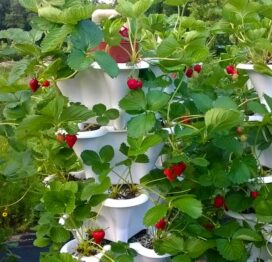 Five Tower Strawberry GardenRegular Price $2,799.00
Five Tower Strawberry GardenRegular Price $2,799.00 -
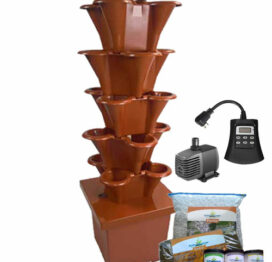 EzGro Patio GardenRegular Price $389.99 – $399.99
EzGro Patio GardenRegular Price $389.99 – $399.99 -
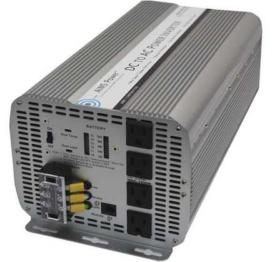 5000 Watt 48 Volt Power InverterRegular Price $899.00
5000 Watt 48 Volt Power InverterRegular Price $899.00 -
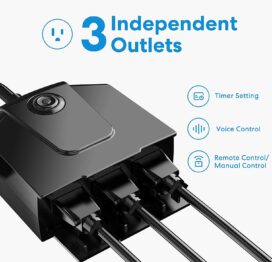 Outdoor 3 Outlet Smart Plug TimerRegular Price $39.99
Outdoor 3 Outlet Smart Plug TimerRegular Price $39.99 -
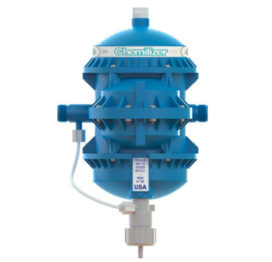 Chemilizer InjectorRegular Price $349.99
Chemilizer InjectorRegular Price $349.99 -
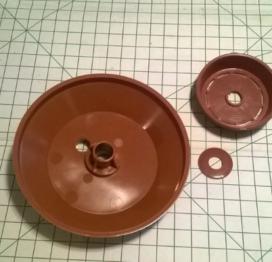 Drain Dish & Diffuser Dish SetRegular Price $16.99
Drain Dish & Diffuser Dish SetRegular Price $16.99 -
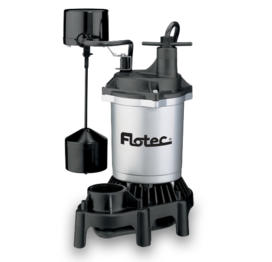 Submersible Thermoplastic Sump Pump 1/2 HPRegular Price $269.00
Submersible Thermoplastic Sump Pump 1/2 HPRegular Price $269.00 -
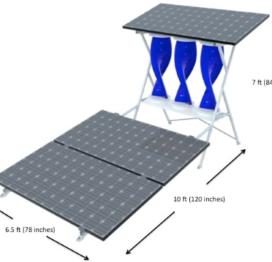 Tri-Helix Solar WindmillRegular Price $4,399.00
Tri-Helix Solar WindmillRegular Price $4,399.00 -
 Drain Dish & Diffuser Dish Set 10 PackRegular Price $124.99
Drain Dish & Diffuser Dish Set 10 PackRegular Price $124.99 -
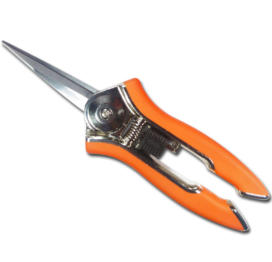 EzGro Precision Micro TrimmerRegular Price $11.99
EzGro Precision Micro TrimmerRegular Price $11.99









We need low cost hydroponics and Aquaponics system in third world country like Bangladesh is the thrust areas for smooth dissemination in community and farmers.